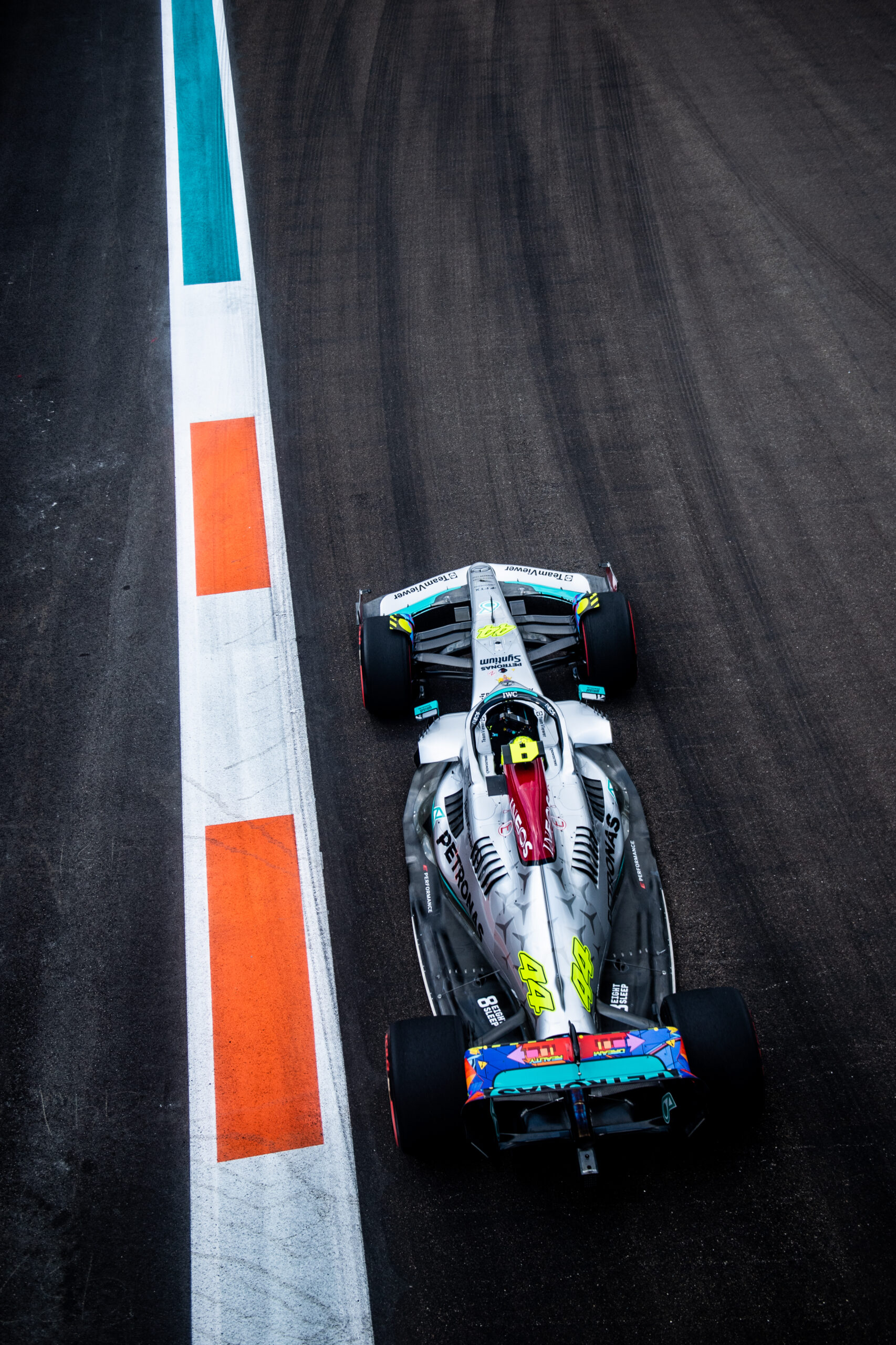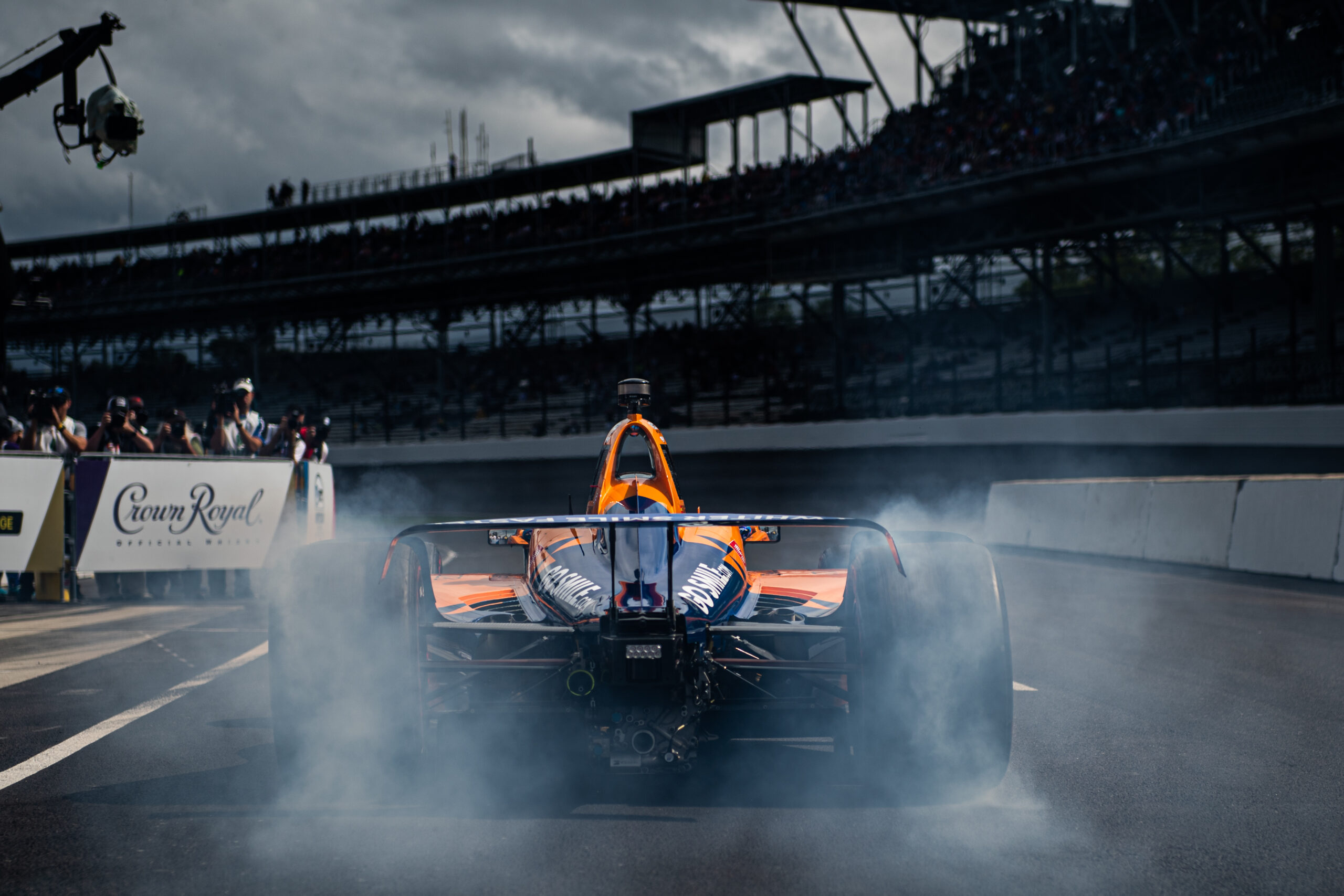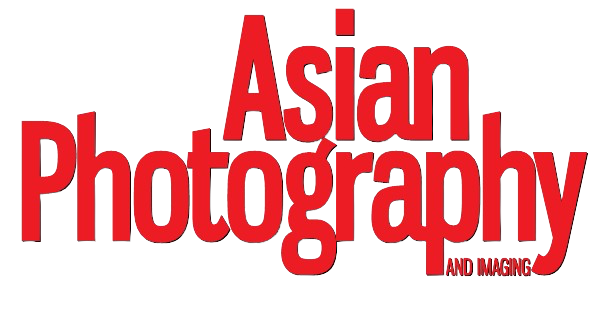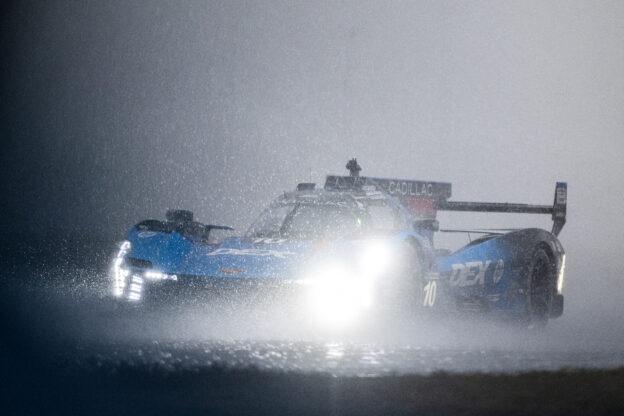
Jamey Price is an award-winning motorsports photographer whose journey began from love for watching races which transformed into a lifelong passion for storytelling through imagery. From shooting local sports to covering global racing events, Jamey has carved a niche with his dynamic style, sharp eye for light, and dedication to capturing moments that can’t be repeated. Asian Photography spoke to him about creativity, handling client needs vs creative needs, innovation, future and more. Excerpts:
How did your passion for motorsports and photography begin?
I have always loved motorsport and Formula 1. I grew up watching racing on the television and it seemed so fast, colourful, exotic and cool. Photography was a much later passion that I picked up in college when I was gifted a very basic, entry-level DSLR and kit lens. But I knew I loved it from minute one.
How did you begin your professional career?
I took the camera I was given and brought it to all kinds of college level sporting events. From swimming to horse racing, to soccer and football and everything in between I could find. It all taught me about how to use a camera, how to understand light in different conditions and storytelling aspects. I did two internships with newspapers that were in my area and learned so much from the other photographers and from the picture editors. It really helped me understand the industry. It was a long leap from interning to working professionally. So I did some weddings , and random other photography assignments before I started earning money at it.

I was also working a full time job for a period until I could get my photography work off the ground. It was a slow build of saving money to upgrade equipment and meeting new people that would give me new & better opportunities. My first racing work came from the internships that allowed me to build my portfolio and eventually paid work covering a few races for a UK-based wire service. Everything I’ve done has really come from the network of people that I met along the way at different levels of sporting events that allowed me the opportunity to go cover something else.
What was your biggest lesson that still carried immense significance?
I think one of the biggest lessons I’ve learned is that being a professional photographer isn’t about how good you are at taking a photo. But also how good you are at marketing, making connections with other photographers and business owners. I know some amazing photographers that will never be able to go truly professional because they are too afraid to talk to anyone.

How do you prepare for race days?
A lot of my race day prep involves looking at weather forecasts, walking the track and spending some time watching older races. If I’ve never been to a track, watching older races can help you understand some of the corners, the racing line the drivers use, and seeing how it looks from a broadcast TV point of view. But nothing will be more valuable than actually being there and walking it to see how to get from corner 1 to corner 5 etc.
Gear wise, my gear list doesn’t really change from event to event. I carry a long prime lens (400mm f2.8) as well as lenses that range from 70-200 F/2.8 down to 14-24mm. I find zoom lenses most useful trackside , but I carry a few prime lenses for pitlane and paddock work, and lastly I shoot on two Nikon Z9 mirrorless bodies that I have with me and on me at all times.
How do you innovate in motorsport photography? Do you pre-visualize your end frames?
Innovation is hard. Everything has been done before by someone. I don’t try to innovate. I try to tell stories. Tell stories for my clients. What was their weekend like? Trying to find cool locations on track that show how amazing the cars or the track is.

What’s a misconception about motorsport photography you’d like to clear?
Motorsport photography is NOT AT ALL glamorous. It is long hot sweaty days, with miles and miles of walking while carrying your own gear and editing your pictures after a 17-hour work day, and then doing it all over again tomorrow. It’s an amazing job and great way to make a living, but it is not for everyone.
What is the ratio of photojournalistic photos to creative photos you take? What’s the extent of post processing you do in either?
Honestly it depends on my client. Some clients allow and want me to be creative and have fun. Other clients want me to hit their shot list and do it in a somewhat boring way to make the sponsors on the car happy. But I try to build up enough of a relationship with my clients to make sure they know that while I am capable of doing the boring stuff, I’m better at the creative stuff, and that’s what drew them to my pictures in the first place. Any photographer could go do the boring stuff. So let me do what I’m good at.
As far as post processing goes, I always tell people that for motorsport, you need to be a good photographer first, and an editor third or fourth. When delivering hundreds of images per day, I can’t spend time adding rainbows and unicorns to an image with post processing. My “editing” involves a quick contrast or crop adjustment and checking to make sure the picture is sharp where I want it to be sharp, and send it. It is truly 3-5 seconds per image before I deliver it. My clients are expecting images within 30-45 minutes after a practice session or race is over. So I can’t spend many minutes adjusting each picture. It needs to be more or less the way I wanted it straight out of the camera.
Could you tell a story where you missed a crucial shot and what you learned from it?
There is really only one shot that comes to mind. When Daniel Ricciardo won the Monaco Grand Prix for Red Bull Racing in 2018. I heard a rumor that he was going to jump into the famous Monaco harbour after he won, and so I waited for him by a railing to jump into the water, but instead he only jumped into the Red Bull pool, and didn’t have time to jump in the harbour. I missed the iconic shot of him doing a swan dive into the pool, but it happens. You can’t get every picture you ever wanted to capture. You move on, and try to get the next one.
What are some learnings you wish you were taught when getting into this field?
The things I have learned , and tried to share with others is the business knowledge I’ve learned. This is a “cool” job with great access to big events, and unfortunately because of that, many people are willing to do it for free, or almost free. But that doesn’t help you, or other photographers coming after you. Charging money for our services is important because we are providing an important part of a team, driver or sponsors’ marketing.

Where do you see the future of this genre and your photography?
I’m not sure what the future holds. I know AI is changing things for a lot of industries, but will it replace live sports coverage? I really don’t know. But for the time being, covering a moment that can’t and won’t happen again is important.
Your three key pieces of advice for people getting into motorsport photography.
1) Go to races. Any races, not just F1. Go to anything where there are wheels and an engine. Learn about photography and story telling and light.
2) Don’t rely on gear to make better pictures. You don’t need the latest and greatest camera and lenses to make amazing images. Photographers have been making amazing images in motorsport long before 20 frames per second, and car autofocus tracking and 40mega pixel cameras. You don’t need fancy to make something cool that makes you stand out from the other fans trying to become a professional.
3) Be passionate about whatever it is you’re doing.

